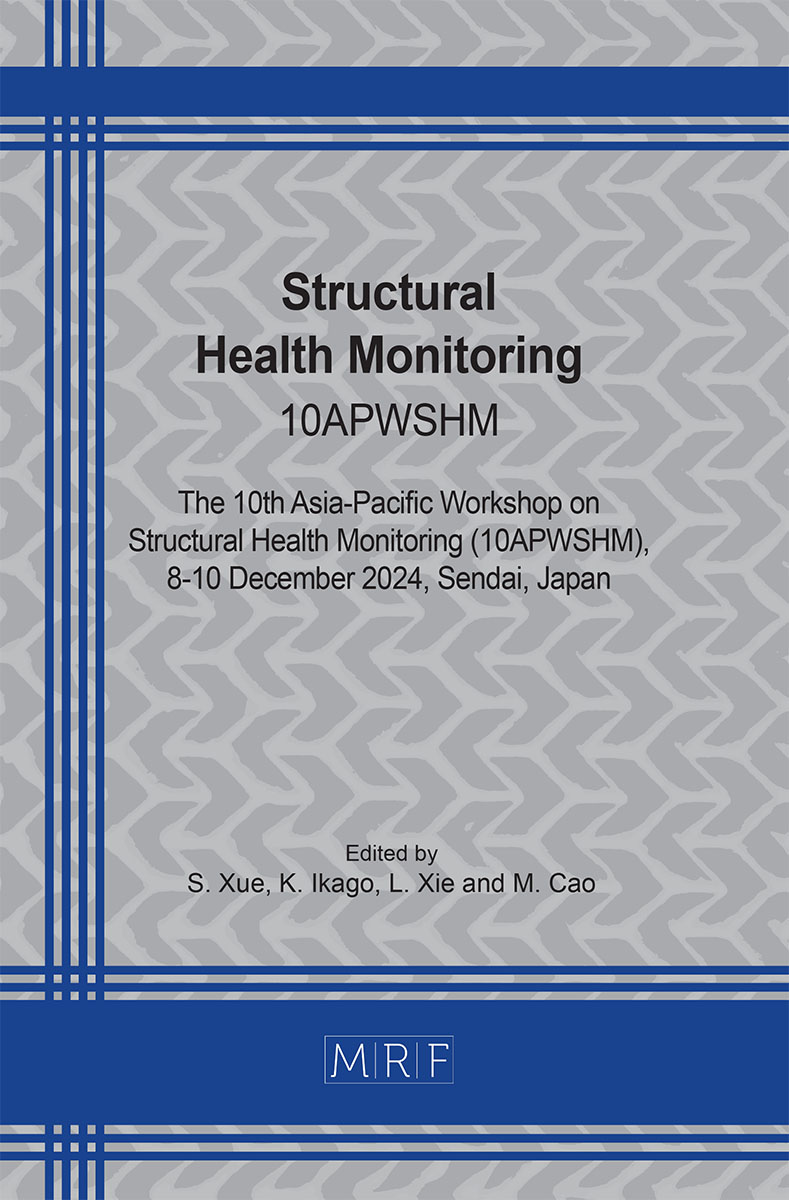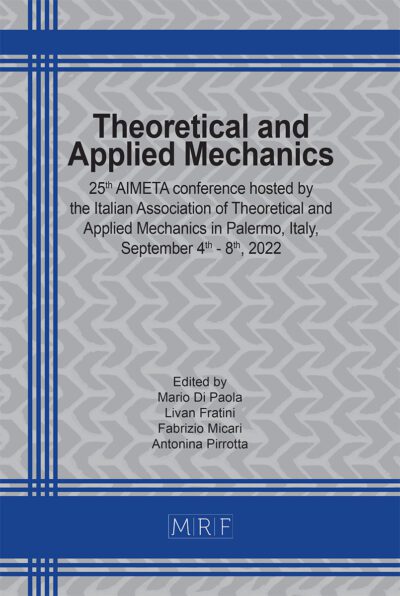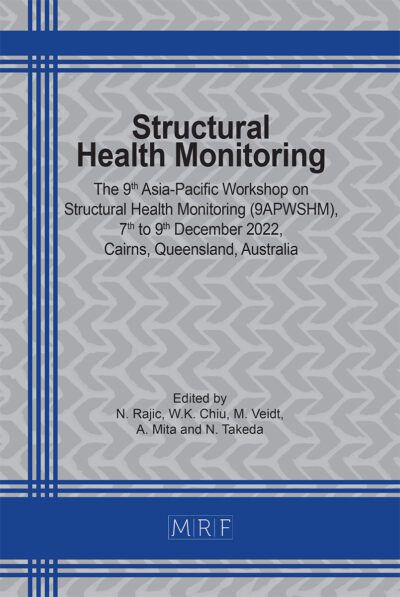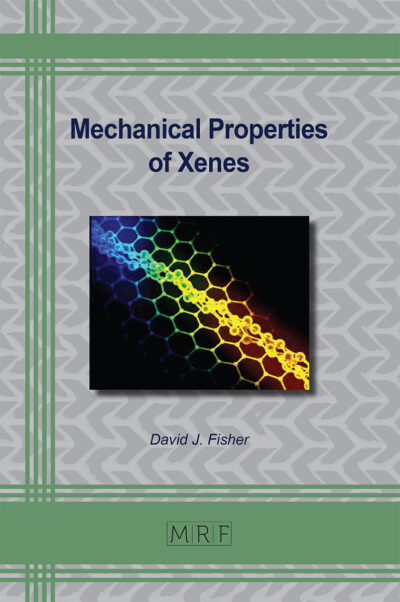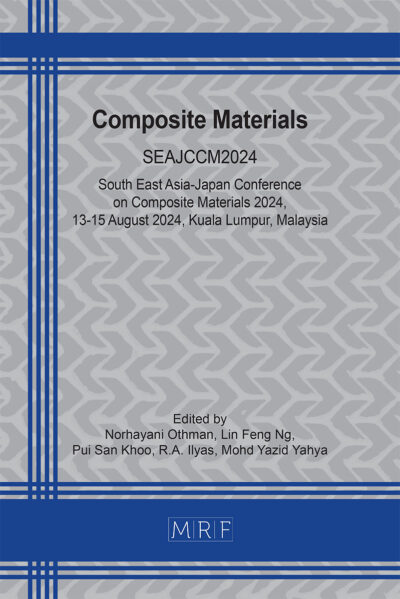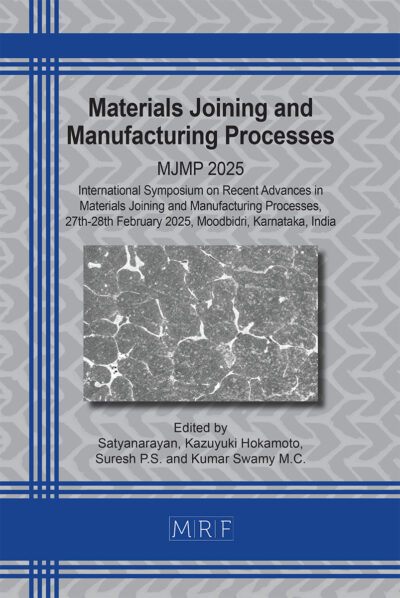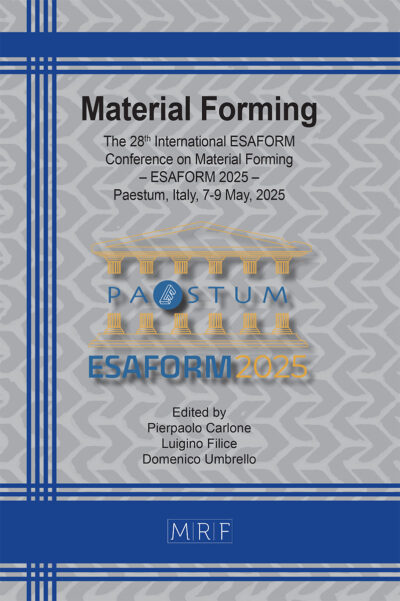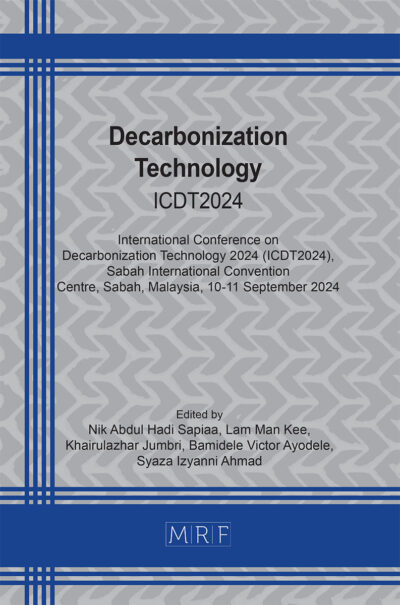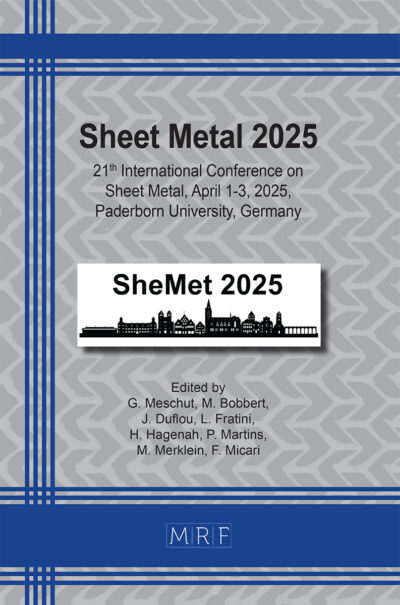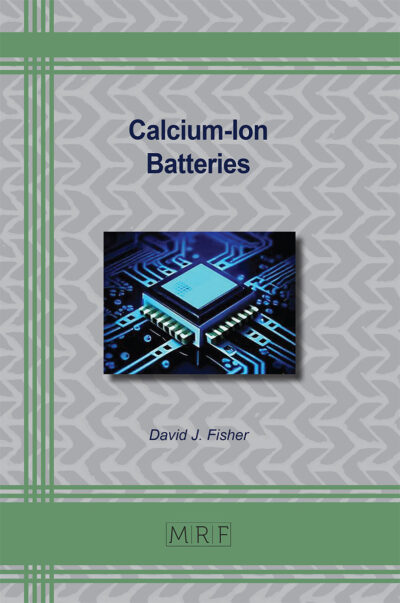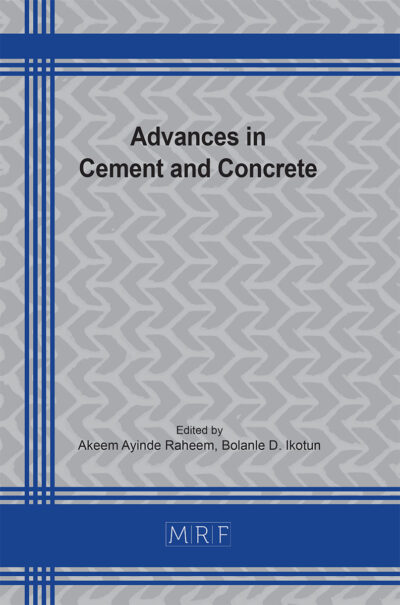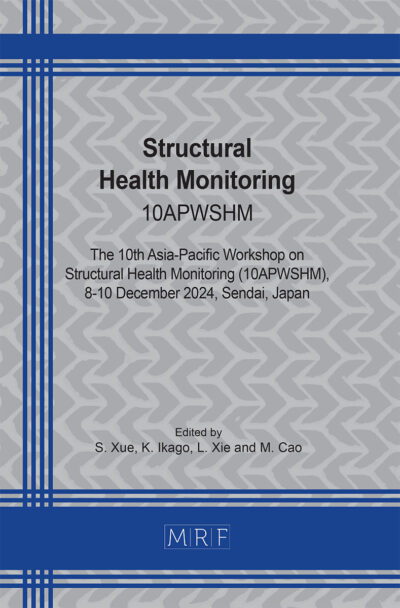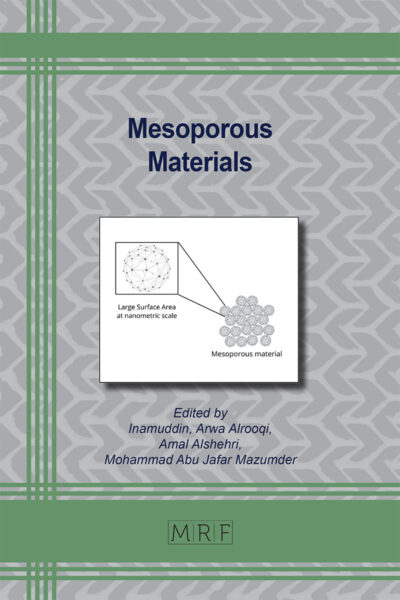Identification of vortex induced vibration of long-span bridges based on transfer learning
Puyu Li, Yinan Luo, Jiale Hou, Chunfeng Wan, Changqing Miao, Songtao Xue
Abstract: Bridge vortex induced vibration (VIV) is a resonance phenomenon caused by the periodic shedding of vortices generated by natural wind passing through bridges. Bridge VIVs will not only cause fatigue damage to the structures but also affect driving safety for the passing vehicles. With the popularization of structural health monitoring (SHM) systems, machine learning technology is widely used in the field of vortex induced vibration identification for long-span bridges, due to its intelligence, real-time performance, and sensitivity to data. However, although traditional machine learning algorithms can identify the VIV based on the response data history of long-span bridges collected by SHM systems, they are difficult to apply to bridges which do not have historical vortex induced vibration data. Therefore, this paper proposes an adaptive transfer learning method for identifying VIV in the main girder of long-span suspension bridges. The proposed method can identify VIV without VIV history data of the target bridge. Results show that it can well identify VIVs at the earlier stage based on the SHM datasets of two long-span suspension bridges, verifying its effectiveness and generalization ability.
Keywords
Transfer Learning, Vortex Induced Vibration Identification, Machine Learning, Long-Span Bridge
Published online 3/25/2025, 8 pages
Copyright © 2025 by the author(s)
Published under license by Materials Research Forum LLC., Millersville PA, USA
Citation: Puyu Li, Yinan Luo, Jiale Hou, Chunfeng Wan, Changqing Miao, Songtao Xue, Identification of vortex induced vibration of long-span bridges based on transfer learning, Materials Research Proceedings, Vol. 50, pp 323-330, 2025
DOI: https://doi.org/10.21741/9781644903513-38
The article was published as article 38 of the book Structural Health Monitoring
![]() Content from this work may be used under the terms of the Creative Commons Attribution 3.0 license. Any further distribution of this work must maintain attribution to the author(s) and the title of the work, journal citation and DOI.
Content from this work may be used under the terms of the Creative Commons Attribution 3.0 license. Any further distribution of this work must maintain attribution to the author(s) and the title of the work, journal citation and DOI.
References
[1] Fujino Y, Yoshida Y. Wind-Induced Vibration and Control of Trans-Tokyo Bay Crossing Bridge. Journal of Structural Engineering, 2002, 128(8): 1012-1025. https://doi.org/10.1061/(ASCE)0733-9445(2002)128:8(1012)
[2] Frandsen J B. Simultaneous pressures and accelerations measured full-scale on the Great Belt East suspension bridge. Journal of Wind Engineering and Industrial Aerodynamics, 2001, 89(1): 95-129. https://doi.org/10.1016/S0167-6105(00)00059-3
[3] Li H, Laima S, Ou J, et al. Investigation of vortex-induced vibration of a suspension bridge with two separated steel box girders based on field measurements. Engineering Structures, 2011, 33(6): 1894-1907. https://doi.org/10.1016/j.engstruct.2011.02.017
[4] Annamdas V G M, Bhalla S, Soh C K. Applications of structural health monitoring technology in Asia. Structural Health Monitoring, 2017, 16(3): 324-346. https://doi.org/10.1177/1475921716653278
[5] Arul M, Kareem A, Kwon D K. Identification of Vortex-Induced Vibration of Tall Building Pinnacle Using Cluster Analysis for Fatigue Evaluation: Application to Burj Khalifa. Journal of Structural Engineering, 2020, 146(11): 04020234. https://doi.org/10.1061/(ASCE)ST.1943-541X.0002799
[6] Lim J, Kim S, Kim H K. Using supervised learning techniques to automatically classify vortex-induced vibration in long-span bridges. Journal of Wind Engineering and Industrial Aerodynamics, 2022, 221: 104904. https://doi.org/10.1016/j.jweia.2022.104904
[7] HUA Xugang, SUN Ruifeng, WEN Qing, et al. Automatic detection of vortex-induced resonance events in bridges using novelty detection. Journal of Vibration Engineering, 2018,31(6):948-956.
[8] Huang Z, Li Y, Hua X, et al. Automatic Identification of Bridge Vortex-Induced Vibration Using Random Decrement Method. Applied Sciences, 2019, 9(10): 2049. https://doi.org/10.3390/app9102049
[9] Lu J, Behbood V, Hao P, et al. Transfer learning using computational intelligence: A survey. Knowledge-Based Systems, 2015, 80: 14-23. https://doi.org/10.1016/j.knosys.2015.01.010

